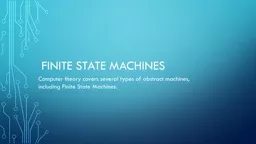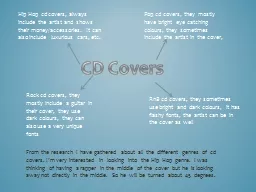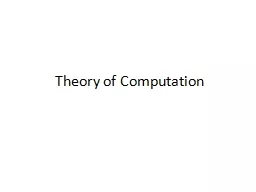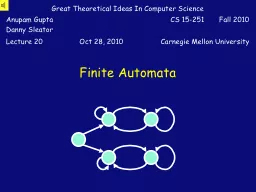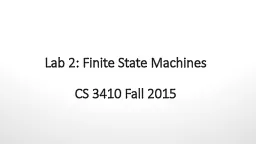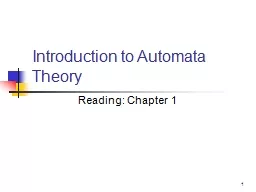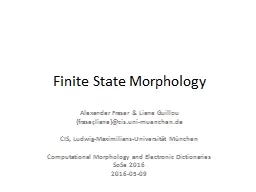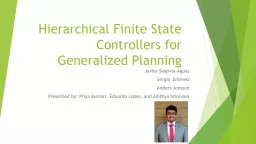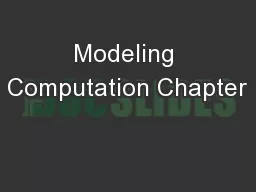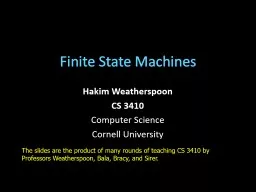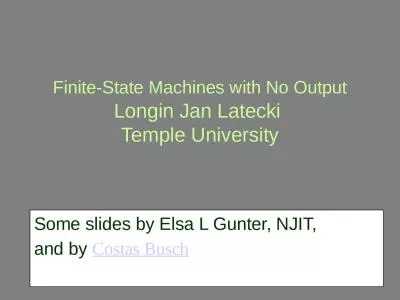PPT-Finite State Machines Computer theory covers several types of abstract machines,
Author : stefany-barnette | Published Date : 2018-03-16
including Finite State Machines Finite State MACHINES Also known as Finite State Automata Also known as FSM or State Machines Facts about FSM in general terms Finite
Presentation Embed Code
Download Presentation
Download Presentation The PPT/PDF document "Finite State Machines Computer theory co..." is the property of its rightful owner. Permission is granted to download and print the materials on this website for personal, non-commercial use only, and to display it on your personal computer provided you do not modify the materials and that you retain all copyright notices contained in the materials. By downloading content from our website, you accept the terms of this agreement.
Finite State Machines Computer theory covers several types of abstract machines,: Transcript
Download Rules Of Document
"Finite State Machines Computer theory covers several types of abstract machines,"The content belongs to its owner. You may download and print it for personal use, without modification, and keep all copyright notices. By downloading, you agree to these terms.
Related Documents

